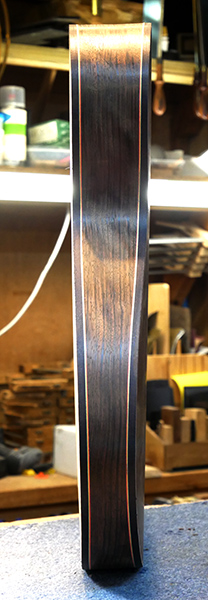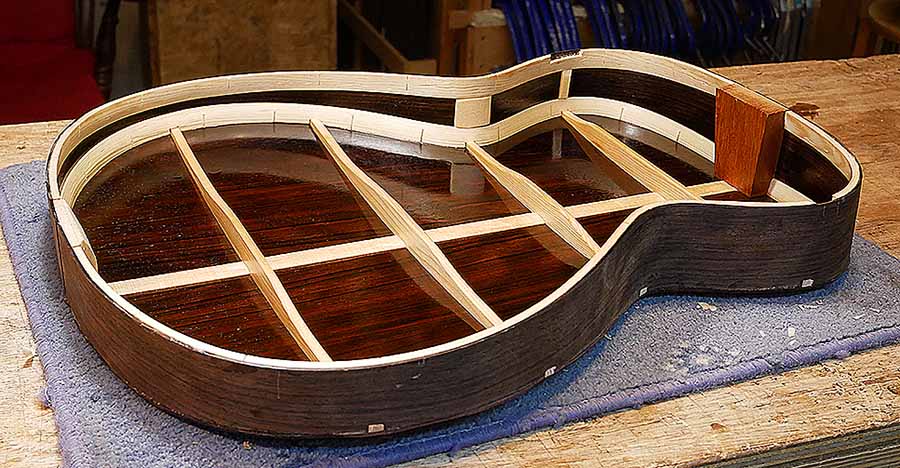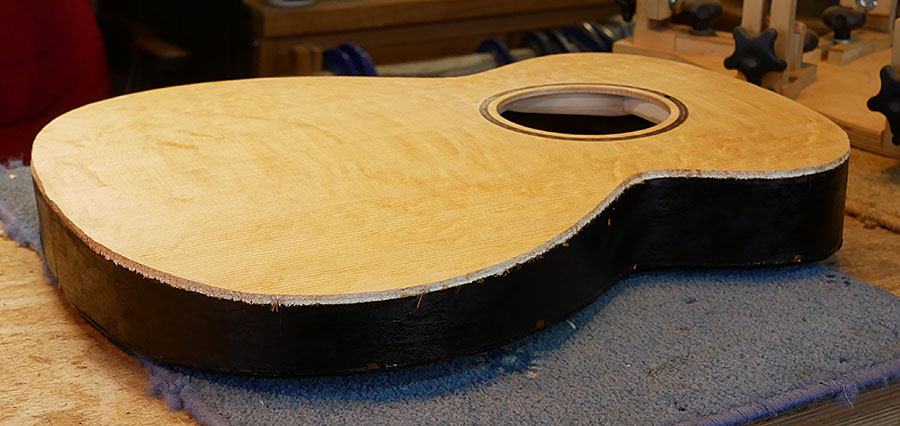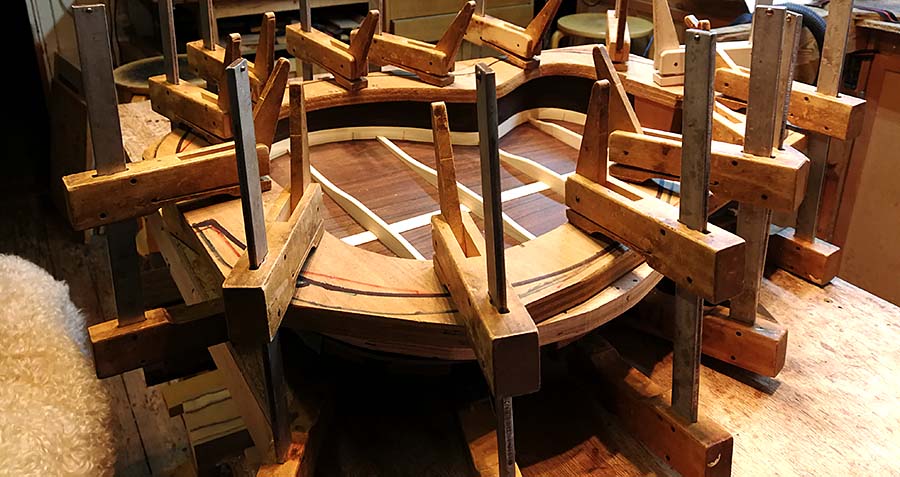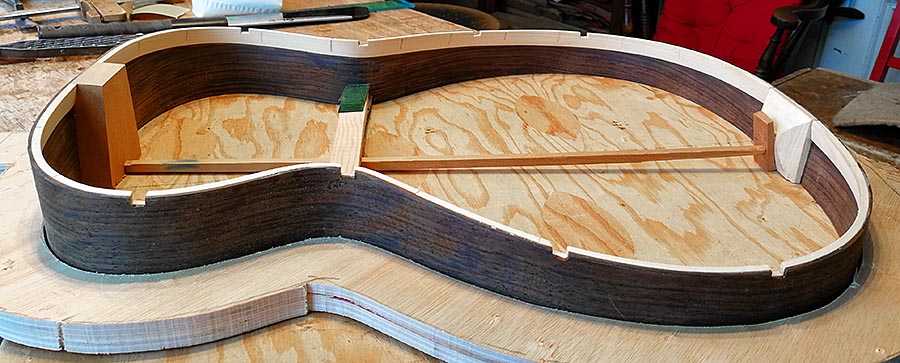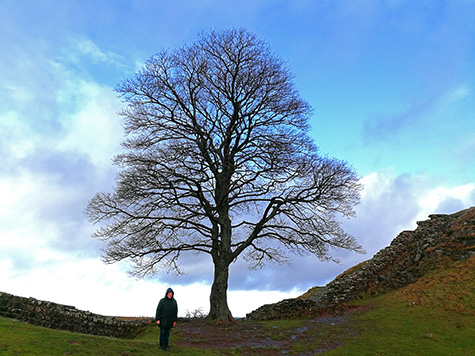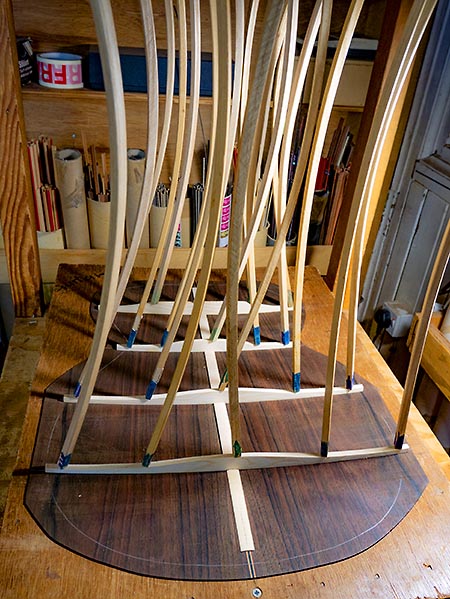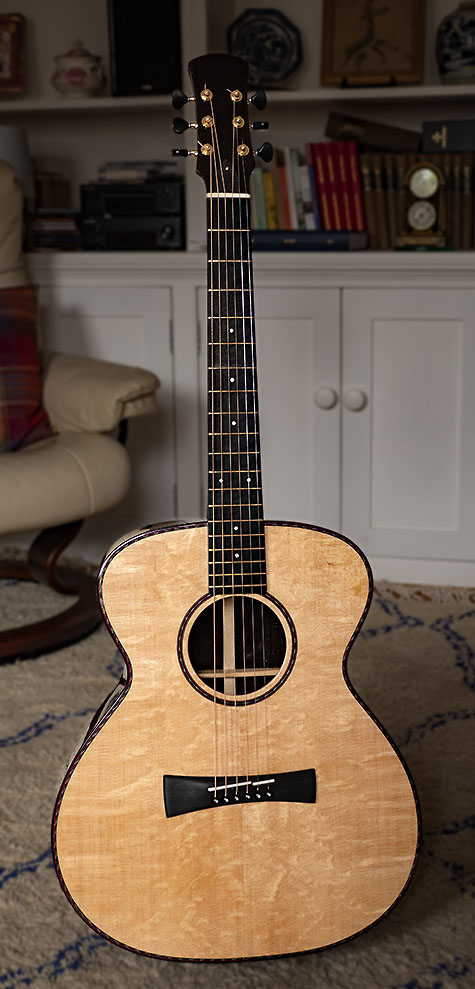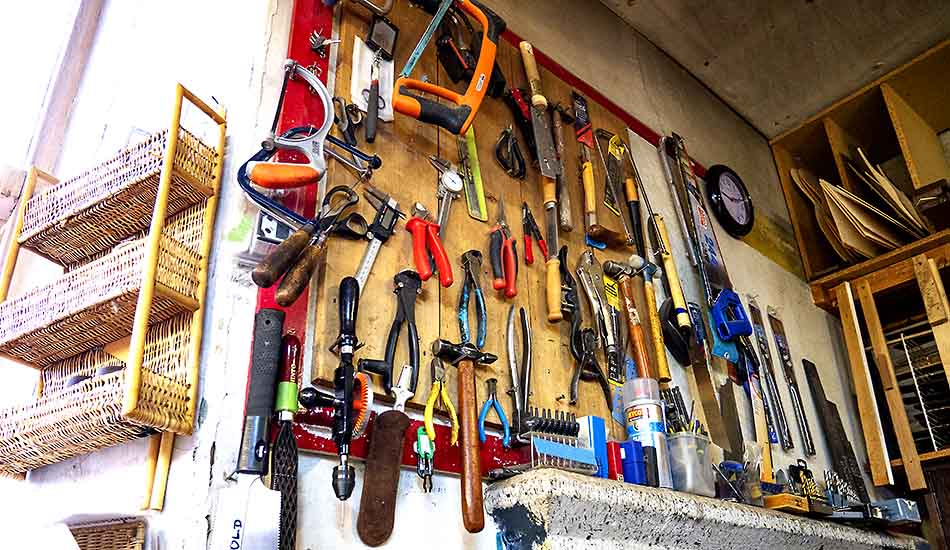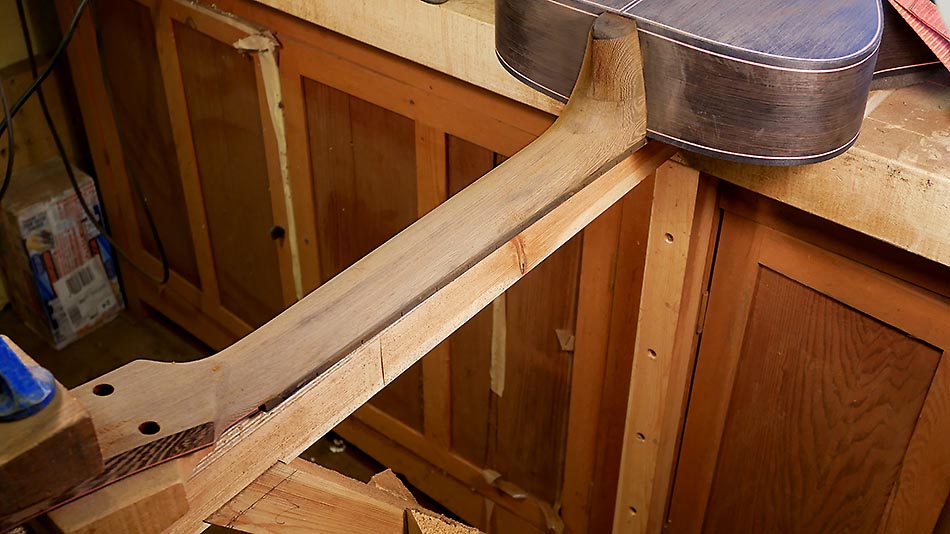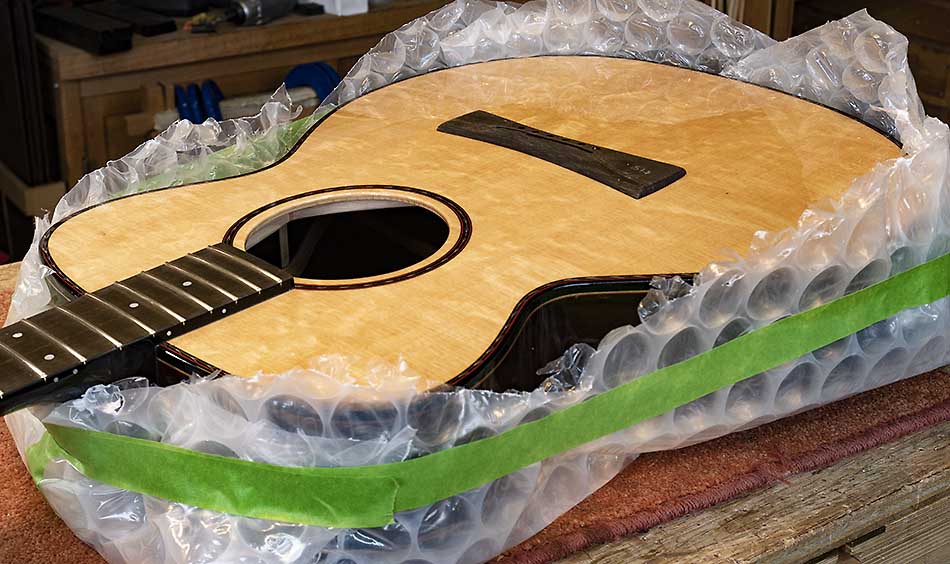Last week a truly enthusiastic Roman visited with his partner and was impatient to see Hadrian’s wall. Massimo and Francesca came from Verona Italy to collect a Steinbeck guitar to add to his huge collection of outstanding, interesting and historical guitars, both acoustic and electric.
Massimo’s original plan was to visit in the spring but eventually came in late November – despite warnings about Northumbrian winter weather. In the event, we had a mixture of light rain, sunshine, heavy rain, and hail.
Hadrian’s wall was built by the Emperor Hadrian (not personally, although he visited the site) around AD 125 and reached from coast to coast. It was the Roman Empire’s northern boundary.
To avoid collusion with locals, it was Roman policy to man postings with troops from outside the area. These would be moved on regularly before too much fraternisation could occur.
The weather on our visit was a fine example of why Roman troops would much rather not have been posted here. Especially those from North Africa.
We followed our walk along the wall with a visit to the museum at Vindolanda. There Massimo saw, among many other items, letters home (on wooden sheets) from Roman soldiers asking for more socks.
Massimo is originally from Rome and was thrilled to see the wonderful wall built by his ancestors. He wasn’t in the least troubled by the weather we encountered.
